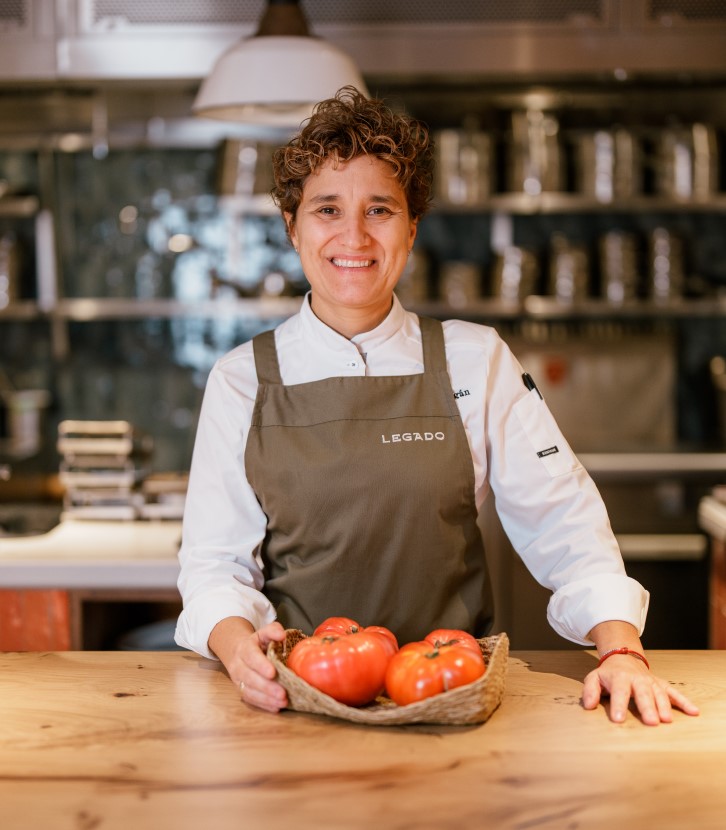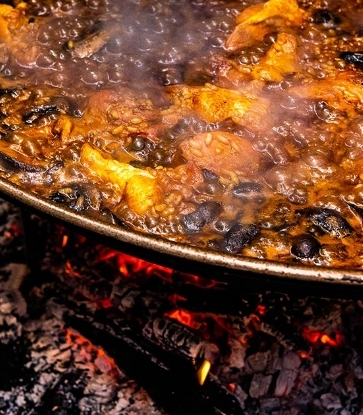Tapas comes in all sorts, and Jordi Noguera, who hails from Cataluña, Spain and is the Head Chef of FOC (below), tells us that selecting the right dish is no easy feat as well.

He says: "The most important thing is to start with the light-tasting dishes, slowly increasing in flavour, so as to be able to eat more. Starting with olives or Gilda, which is a stick of olives, anchovies and other ingredients, makes for a decent selection. Vinegar-marinated anchovy Boquerones is another good option.
Other Tapas dishes include the salad Ensaladilla, aged meats and so on. In Catalonia, one should never give the bread with tomato sauce spread a miss!".

Jordi continues: “Finally, order a large piece of meat to conclude your Tapas experience, such as the T-bone steak Chuleton, or a large piece of fish, such as Bacalao, which is cod prepared with garlic and white wine.
All in all, a complete Tapas experience can go from one restaurant to another, as each restaurant has its own specialties. In San Sebastian or the southern Spanish cities of Malaga and Granada, these “Tapas tours" are very common, but it’s a little more difficult to do the same in Asia."
Preparing Tapas: Not as Easy as it Looks
At the culinary class organised by Consentino, Jordi also demonstrated how to prepare a number of Tapas dishes (below).

Many seemingly simple dishes actually require a lot of steps to make them delicious. For example, olive oil-roasted vegetables (Escalivada) require the vegetables to first be roasted, then sprinkled with olive oil before being peeled and chopped, and finally sprinkled with wine and other seasoning ingredients before being spread on bread. The preparation process is rather complicated.
Differences between the North and South
Different regions of Spain possess different Tapas cultures. Jorgi says: "There are different ways of eating in different parts of Spain, my favourite is Northern Spain of course, regions such as San Sebastian, Bilbao and Pamplona."
In the Basque region of northern Spain, Tapas are often referred to as Pinchos. More precisely, Pinchos are a form of Tapas, specifically those served on a piece of bread, and can be eaten in one mouthful.

Wine pairing is also slightly different, with Sherry the preferred option in the South, and cider and white wines such as Albariño and Txakoli the popular options in the North. Regions in Central Spain such as Madrid have different variations of Tapas as well, but overall speaking, dishes in the south and north are more renowned.”
As a Spanish citizen, Jordi especially enjoys having some Tapas before dinner. He says, “I remember back when I was an apprentice at San Sebastian’s 3-star Arzak Restaurant, we used to gather in groups and go on ‘Tapeo’ trips at night, having about 6 to 7 Tapas dishes before dinner. I miss that kind of life.”











